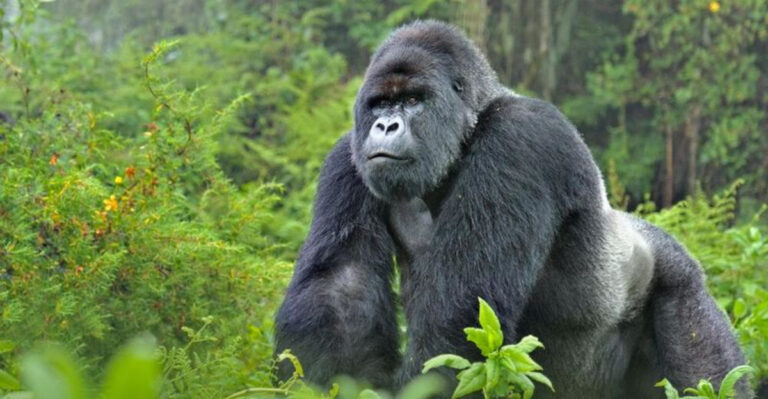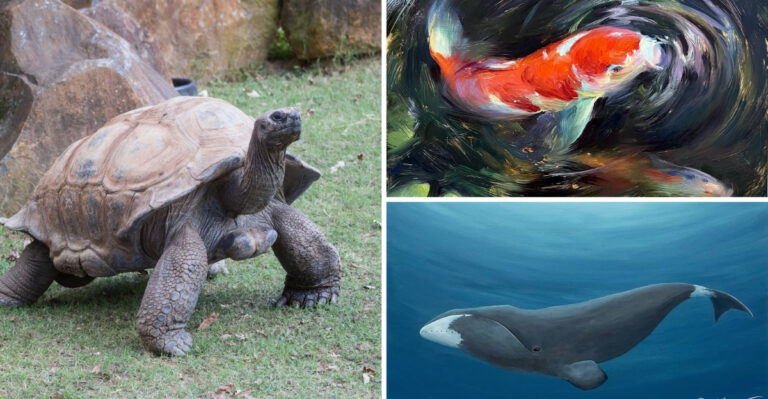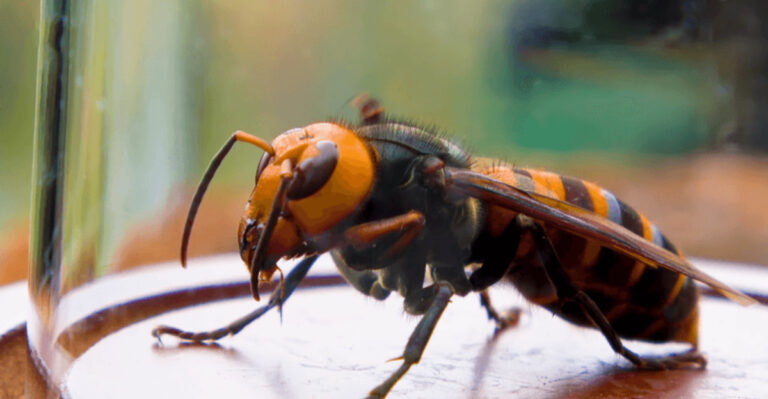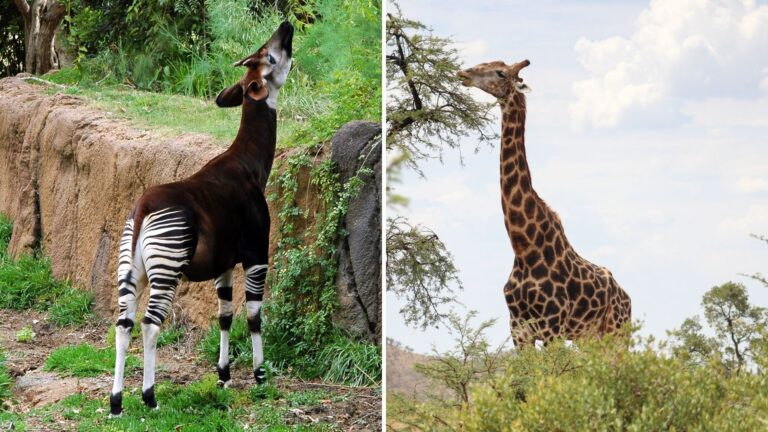17 Incredible Animals Known For Their Long-Distance Migrations
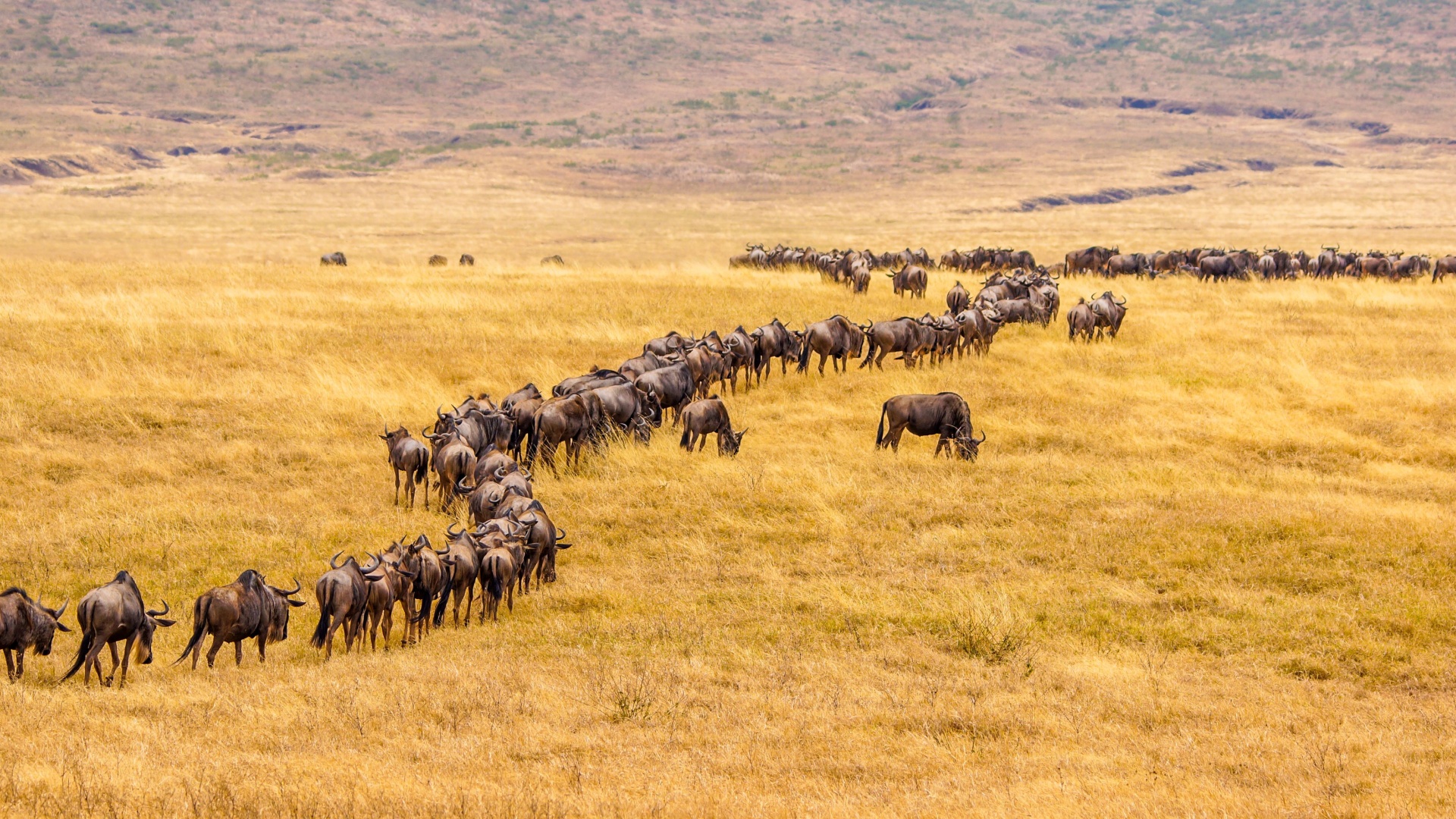
Migration is one of nature’s most awe-inspiring phenomena, showcasing the incredible adaptability and determination of animals. These species traverse vast distances across the globe, often overcoming unimaginable obstacles to survive and thrive.
From breathtaking flights to perilous swims, their journeys are filled with resilience, beauty, and lessons about the interconnectedness of life.
Let’s witness their incredible stories and discover what makes their migrations truly extraordinary. You might even find a bit of inspiration for your own life’s journey!
1. Arctic Tern
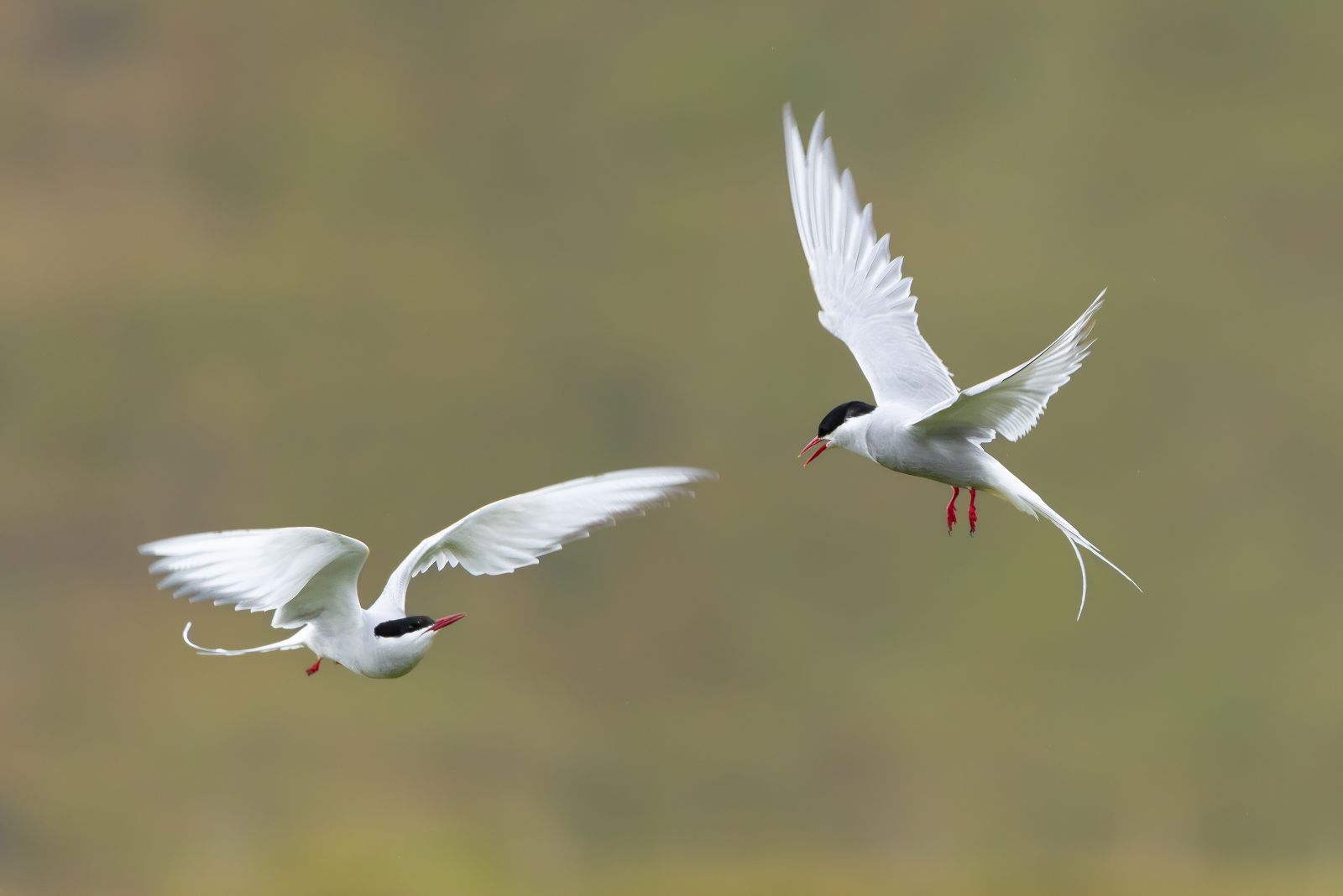
The Arctic tern takes the crown for the longest migration. These little adventurers clock in an insane 44,000 miles a year, flying from the Arctic to Antarctica and back.
They basically chase an endless summer (talk about a dream life!) Along the way, their eating habits spread nutrients through different ocean ecosystems. They’re like nature’s tiny delivery trucks, making sure everyone gets a share.
2. Monarch Butterfly
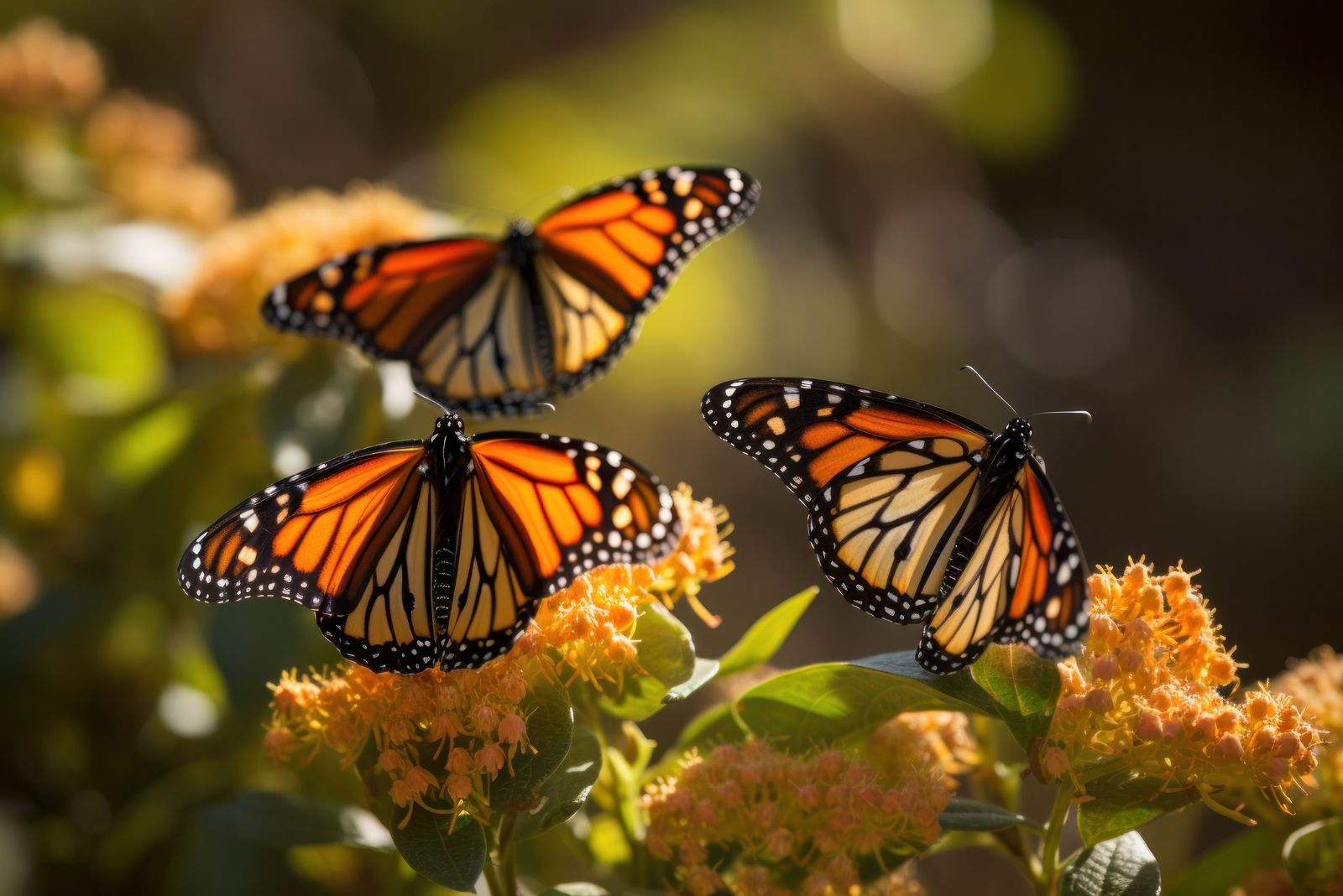
Don’t let their delicate wings fool you, monarch butterflies are hardcore travelers. They cover up to 3,000 miles, flying from North America to Mexico like tiny, determined jet-setters.
They use the sun as their guide (and you thought GPS was cool). As they go, they pollinate plants and keep ecosystems thriving. Seeing a swarm of monarchs is like watching glitter move across the sky – absolutely magical.
3. Wildebeest
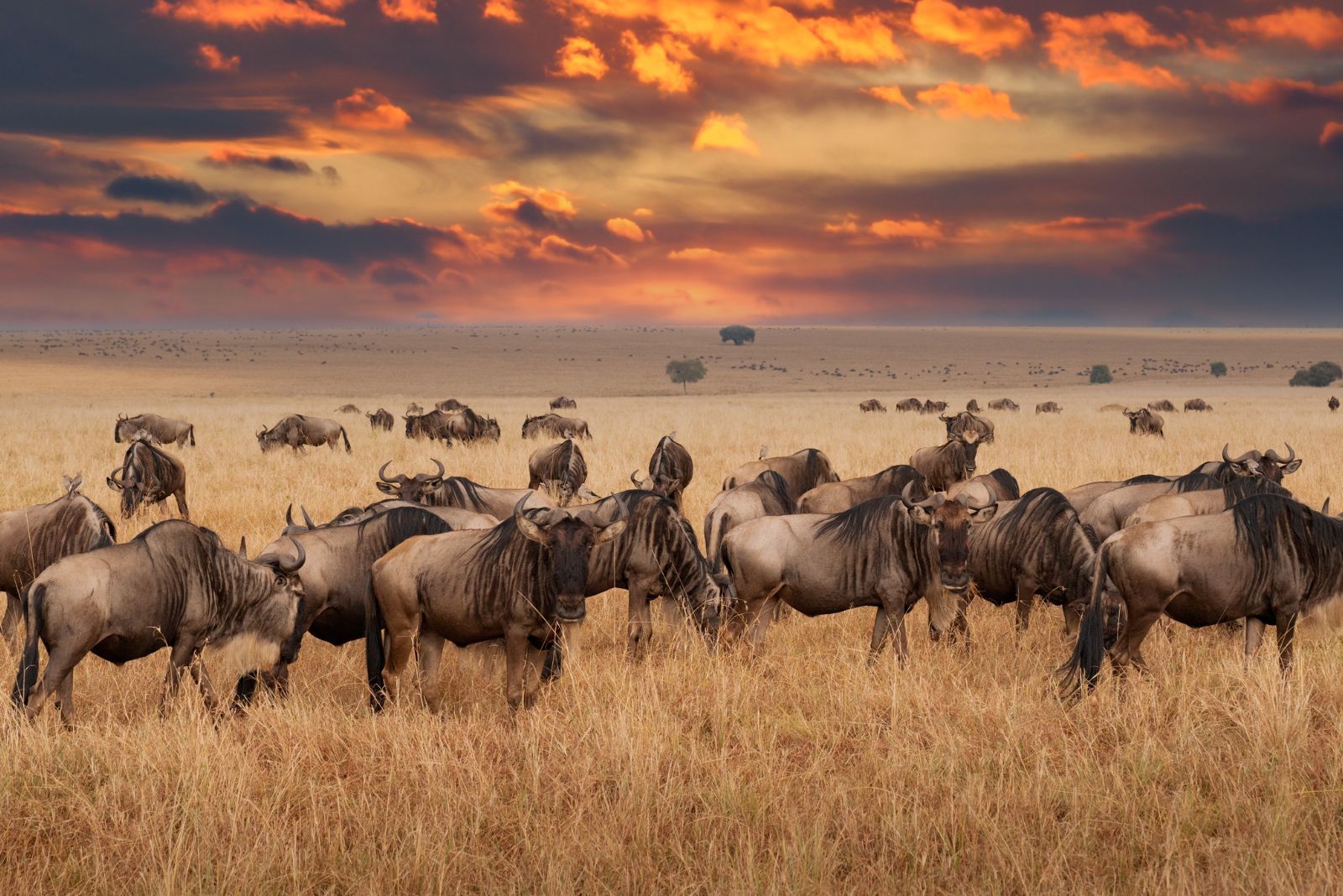
The African wildebeest is the star of the Great Migration, traveling up to 1,800 miles every year with zebras and antelopes. They’re constantly chasing fresh grass and water, making the Serengeti look like a scene out of a nature documentary.
Their journey feeds the land, keeps the predators like lions happy, and draws in millions of human tourists. It’s like the Oscars of the animal kingdom but with more dust and drama.
4. Caribou
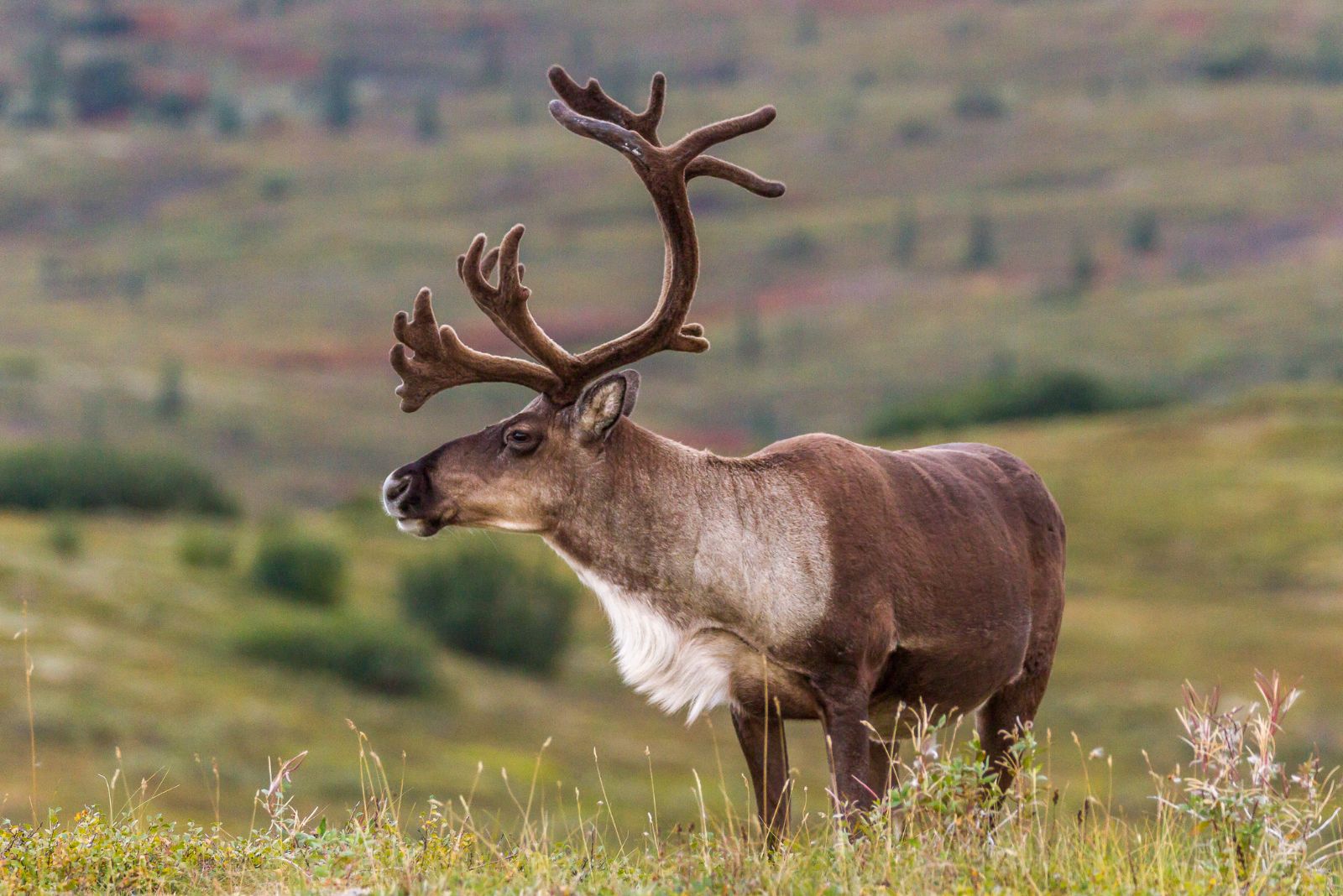
Caribou, aka reindeer, are Arctic nomads, trekking up to 3,000 miles annually in search of food. They face predators, icy winds, and seriously bad road conditions, but their tough hooves, designed for snow and mud, help them power through.
These migrations are vital for local indigenous communities who depend on them for food and culture. Rudolph’s cousins are seriously underrated survivalists!
5. Gray Whale
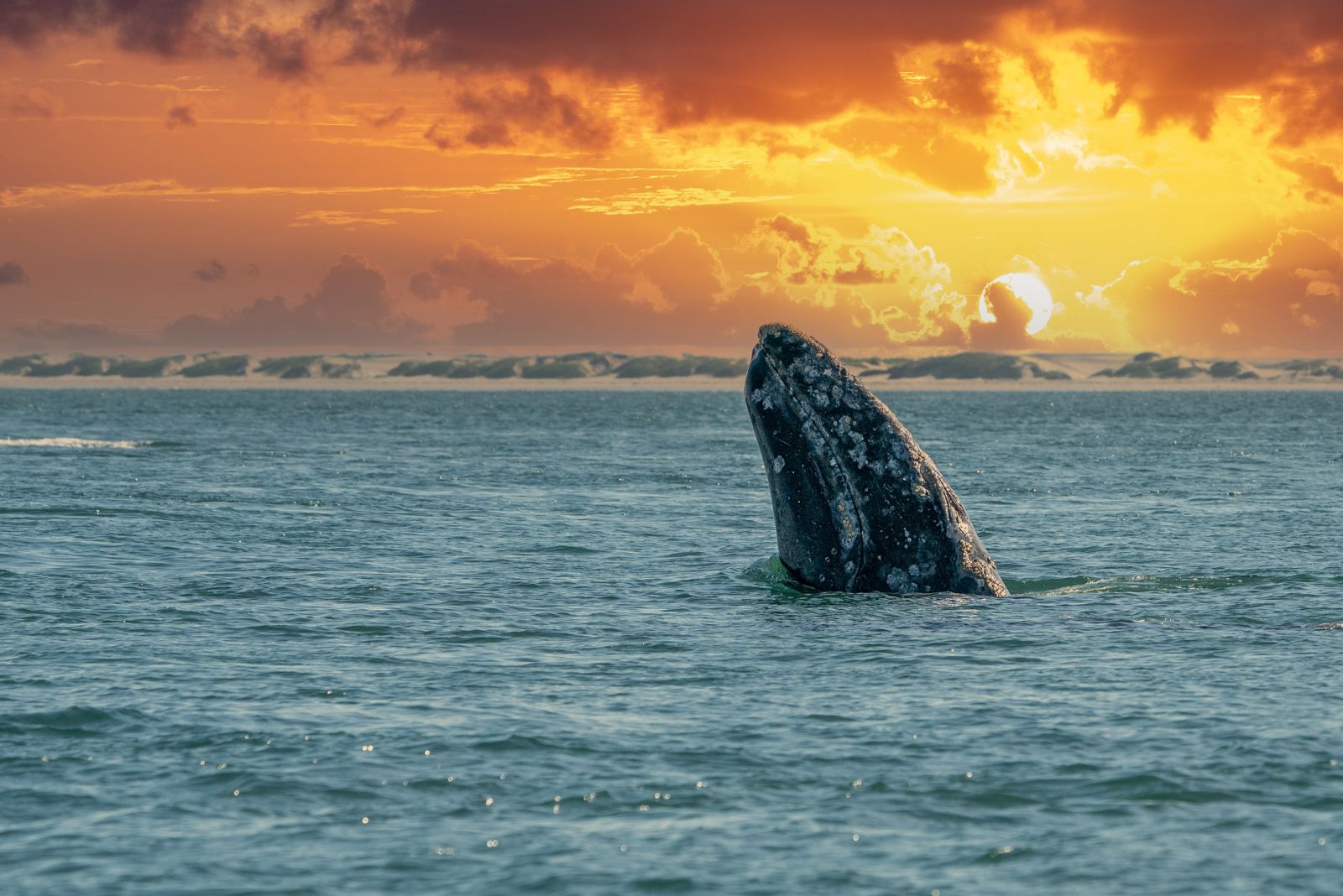
Gray whales are the original snowbirds, traveling 12,000 miles round trip from Arctic feeding grounds to Baja California’s warm lagoons. They head south to give birth in a safe, cozy spot – because who wants to have a baby in freezing water?
Their feeding habits stir up nutrients from the ocean floor, which helps other marine life thrive. Plus, they’re total crowd-pleasers for whale-watchers.
6. Bar-Tailed Godwit
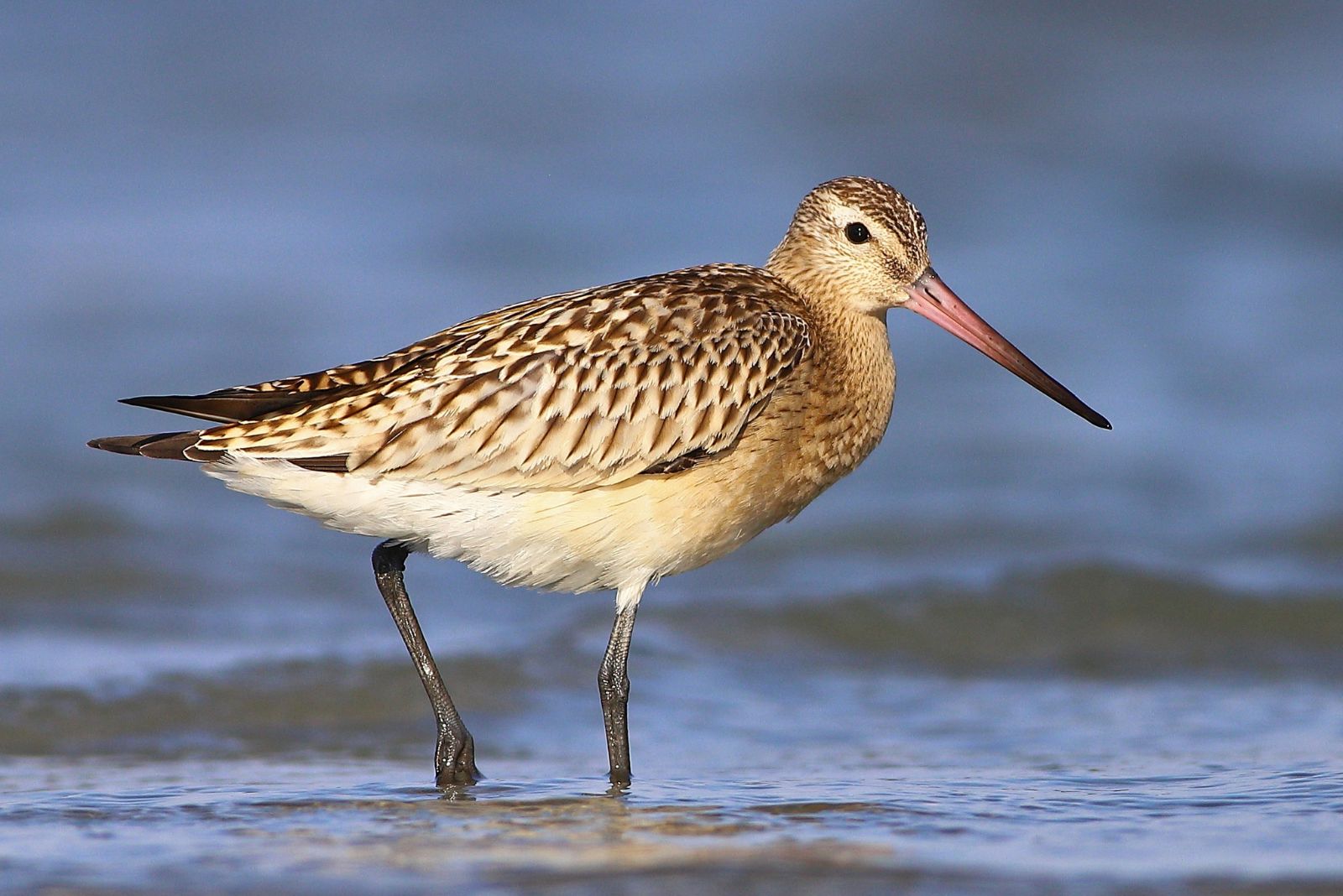
This bird doesn’t just migrate – it sets records. The bar-tailed godwit flies 7,000 miles from Alaska to New Zealand non-stop. That’s like doing a road trip without pulling over for snacks or gas.
It powers through on fat reserves, making it nature’s marathon champion. Along the way, it connects ecosystems, proving that even tiny wings can make a big impact.
7. Humpback Whale
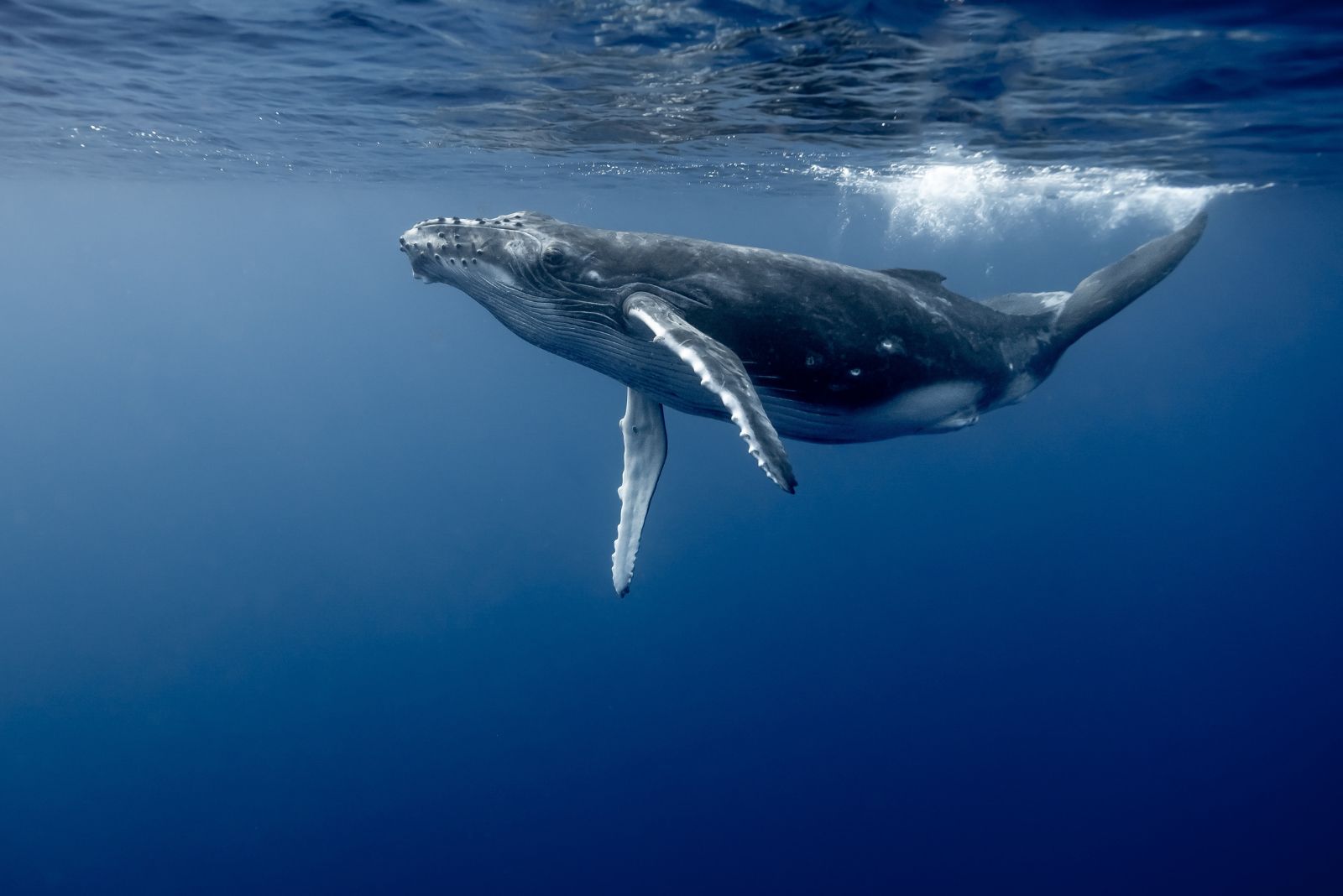
Humpback whales are the crooners of the sea, traveling up to 10,000 miles between polar feeding grounds and tropical breeding waters. Along the way, they sing hauntingly beautiful songs that make scientists and whale-watchers swoon.
Their migrations help recycle nutrients in the ocean, and their sheer presence is a reminder of how majestic marine life can be.
8. Salmon
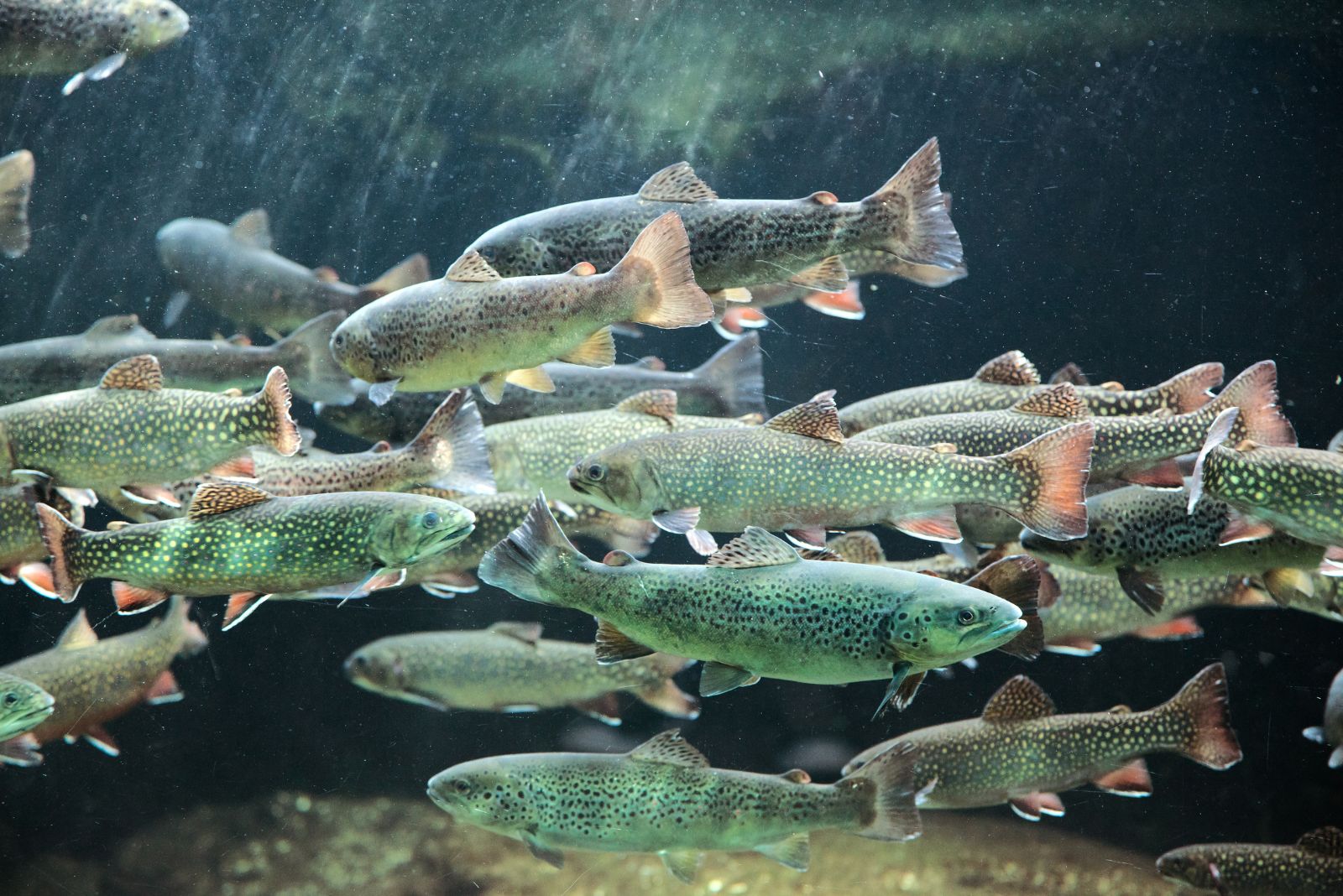
Salmon migrations are straight out of an action movie. Born in freshwater streams, they head to the ocean to grow up, then return to their birthplaces to spawn – against the current, no less.
Their journey is full of challenges: bears, eagles, and even dams. But their determination fuels ecosystems, feeding everyone from hungry bears to forest trees.
9. Sea Turtles
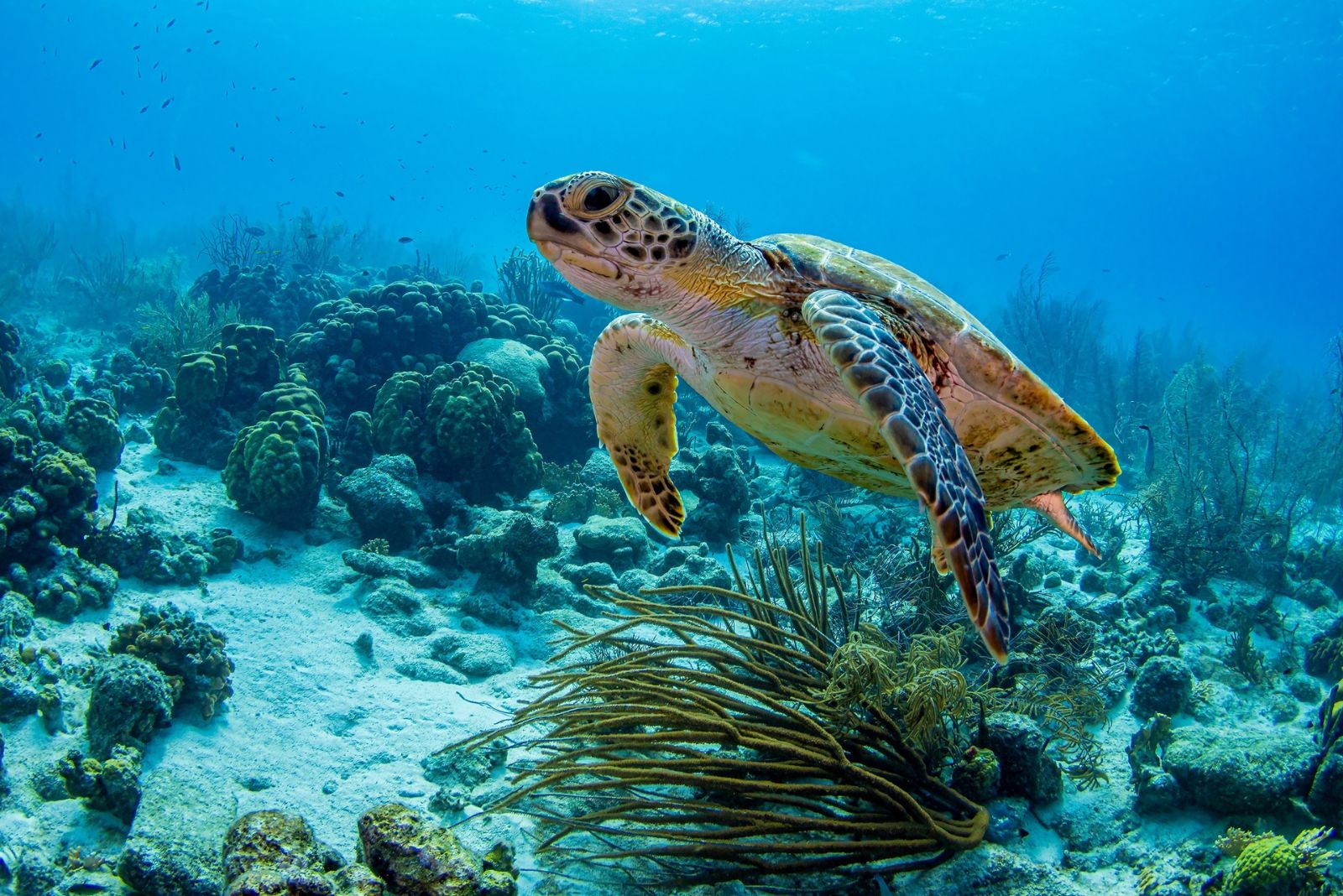
Sea turtles are the ocean’s navigators, traveling thousands of miles to nest on the same beaches where they were born. They use the Earth’s magnetic field like a built-in GPS (jealous much?).
These ancient mariners help control jellyfish populations and spread seagrass seeds, keeping marine ecosystems balanced. Watching one shuffle onto a beach to lay eggs is pure magic.
10. Bats
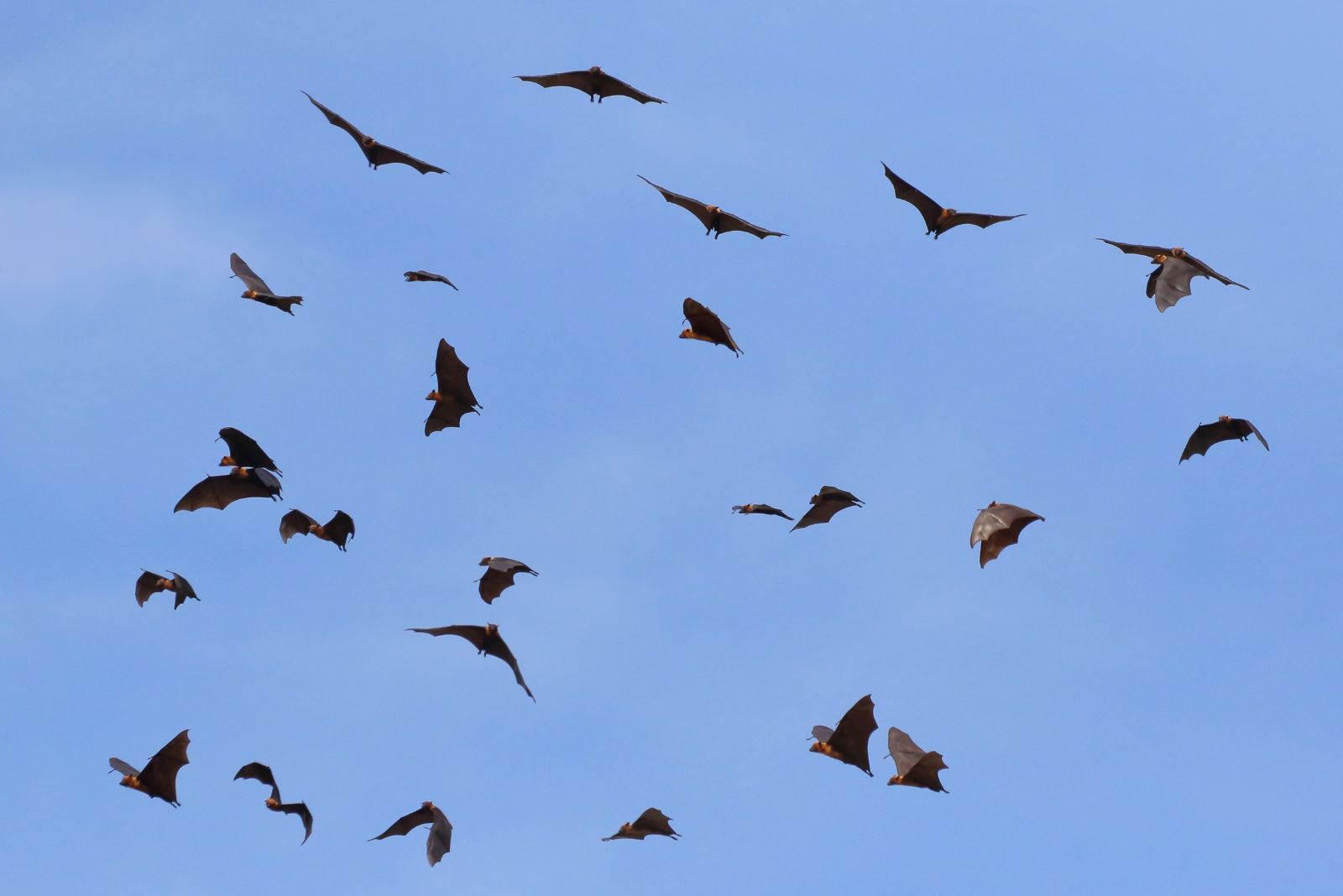
Bats might be the most underrated travelers on this list. Species like the Mexican free-tailed bat migrate hundreds of miles between Mexico and the southern U.S., following their favorite all-you-can-eat buffet: insects.
Along the way, they pollinate plants and control pests, making them tiny eco-superheroes. Bonus: They do it all at night, like having nature’s very own nocturnal cleanup crew!
11. Sharks
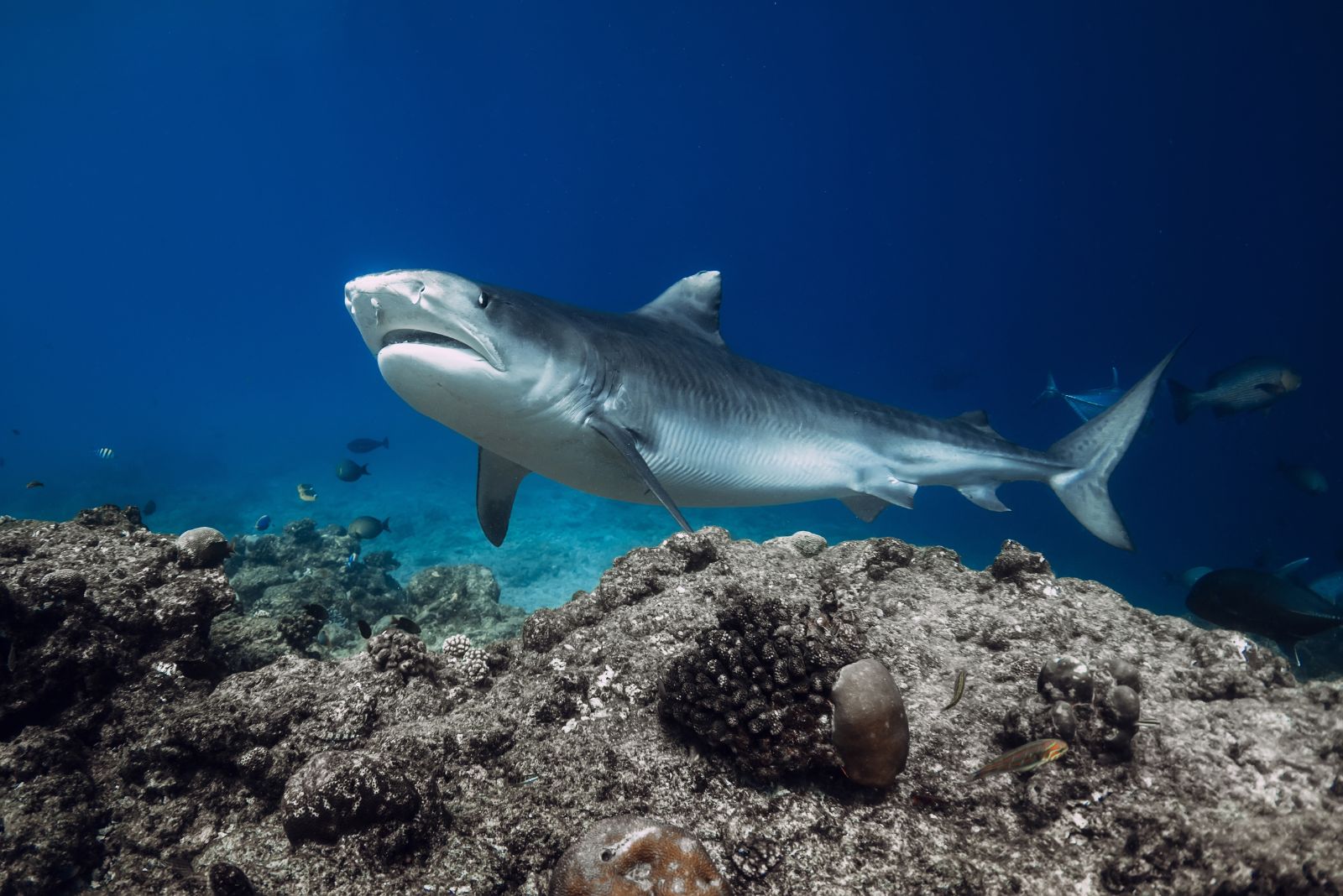
Sharks, like the great white and tiger shark, are ocean wanderers, traveling thousands of miles to chase food or find a mate.
As apex predators, they keep marine ecosystems in balance, like the ultimate oceanic referees. Love them or fear them, their migrations are crucial for maintaining the health of the seas.
12. Tuna
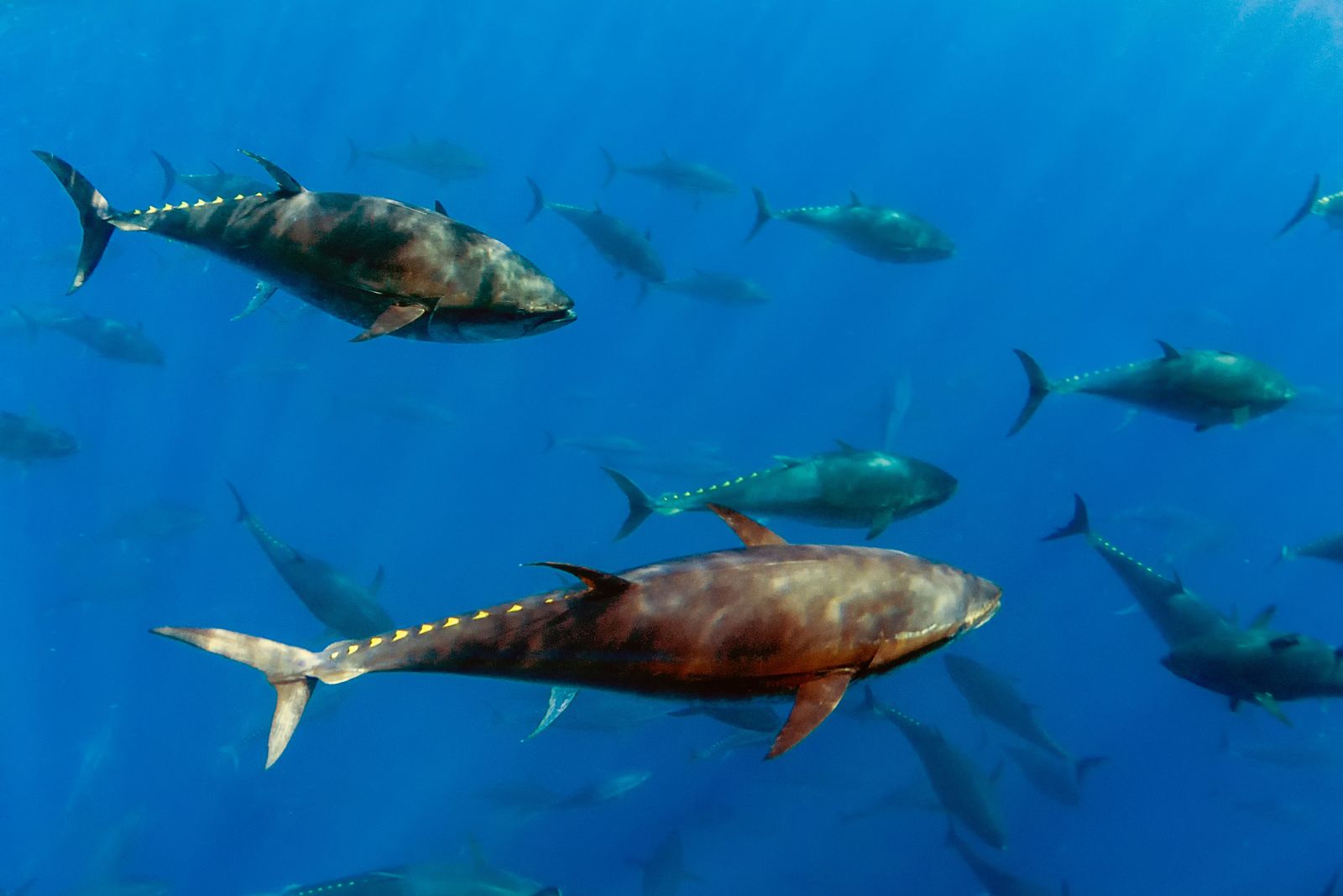
Atlantic bluefin tuna are swift and powerful travelers of the sea, migrating thousands of miles to spawn. These fish are not only impressive for their speed and endurance, but their journeys play a crucial role in maintaining healthy fish populations.
They’re also a favorite for fisheries, so keeping their numbers strong is essential for both the environment and sushi lovers everywhere.
13. Seals
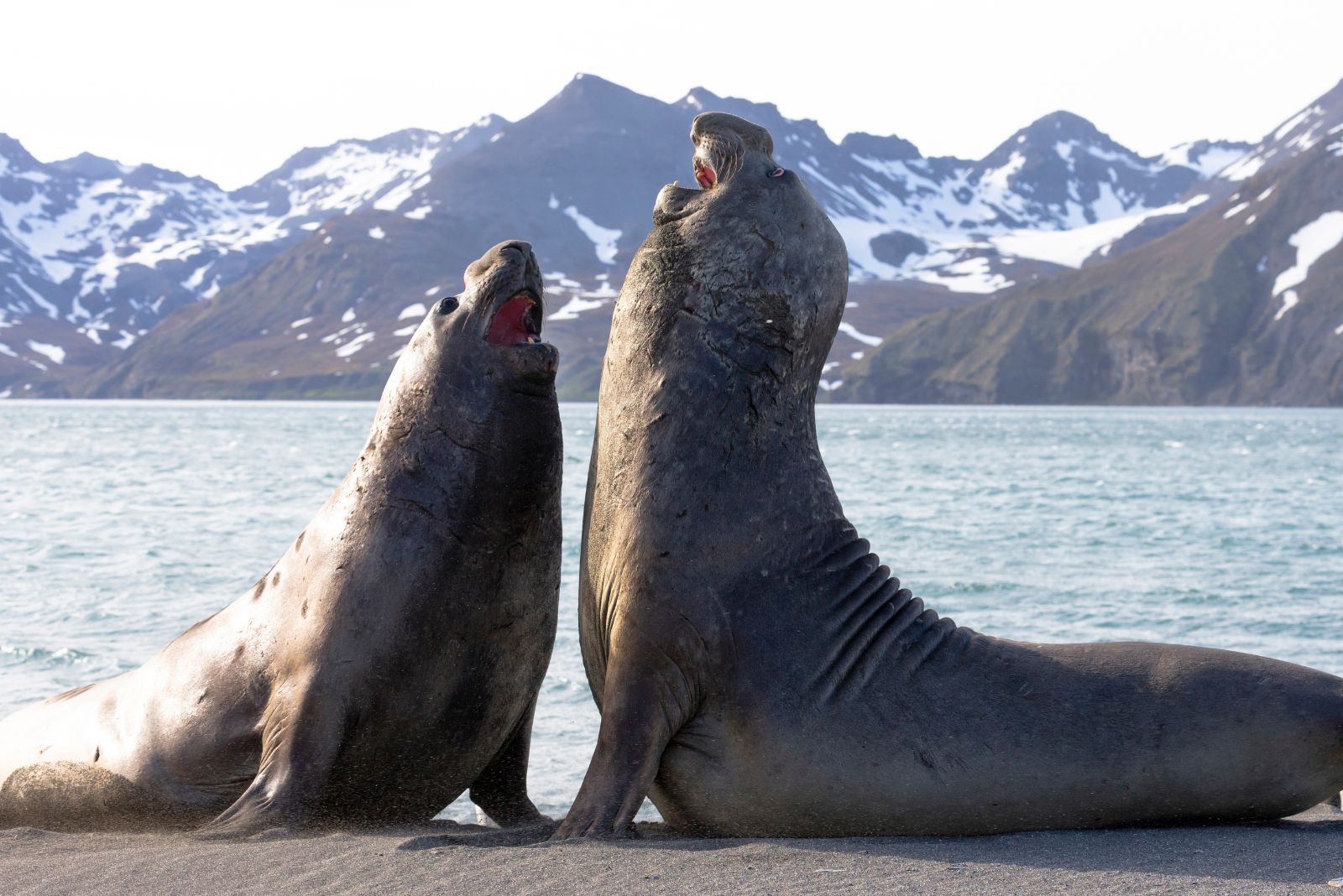
Elephant seals are deep-diving champs, covering up to 13,000 miles a year in search of food. They spend most of their lives underwater, only coming ashore to molt or mate.
Their feeding habits help distribute nutrients through marine ecosystems, keeping the ocean’s food web strong. Plus, their goofy faces make them instant crowd favorites.
14. Swainson’s Hawk
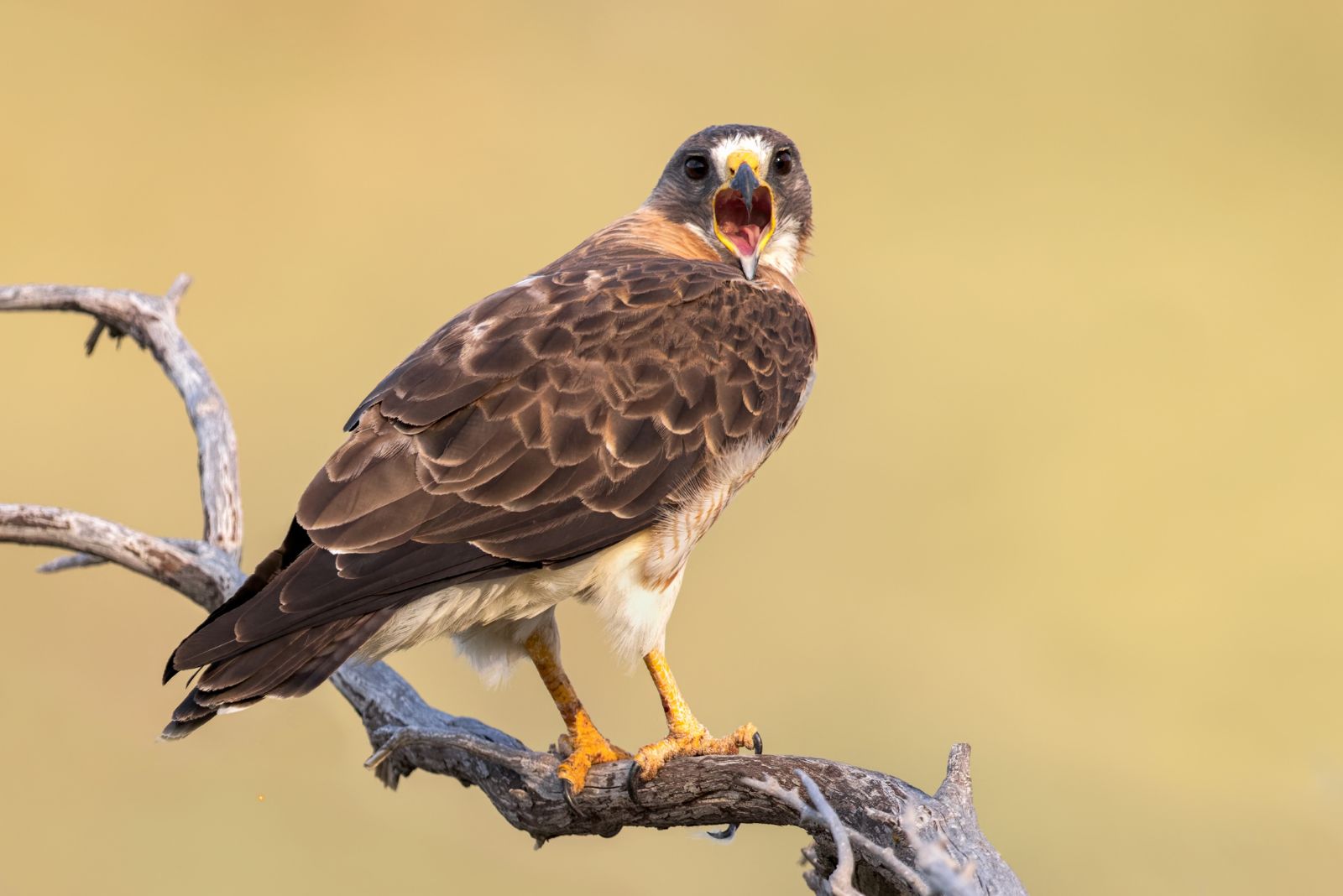
Swainson’s hawks embark on an epic journey from North America to Argentina each year, covering over 12,000 miles round trip.
Their migration is driven by the availability of prey, particularly grasshoppers, making them vital for pest control along their path. Their spectacular flocks, sometimes called “kettles,” create breathtaking scenes in the sky during migration.
15. Red Crab (Christmas Island)
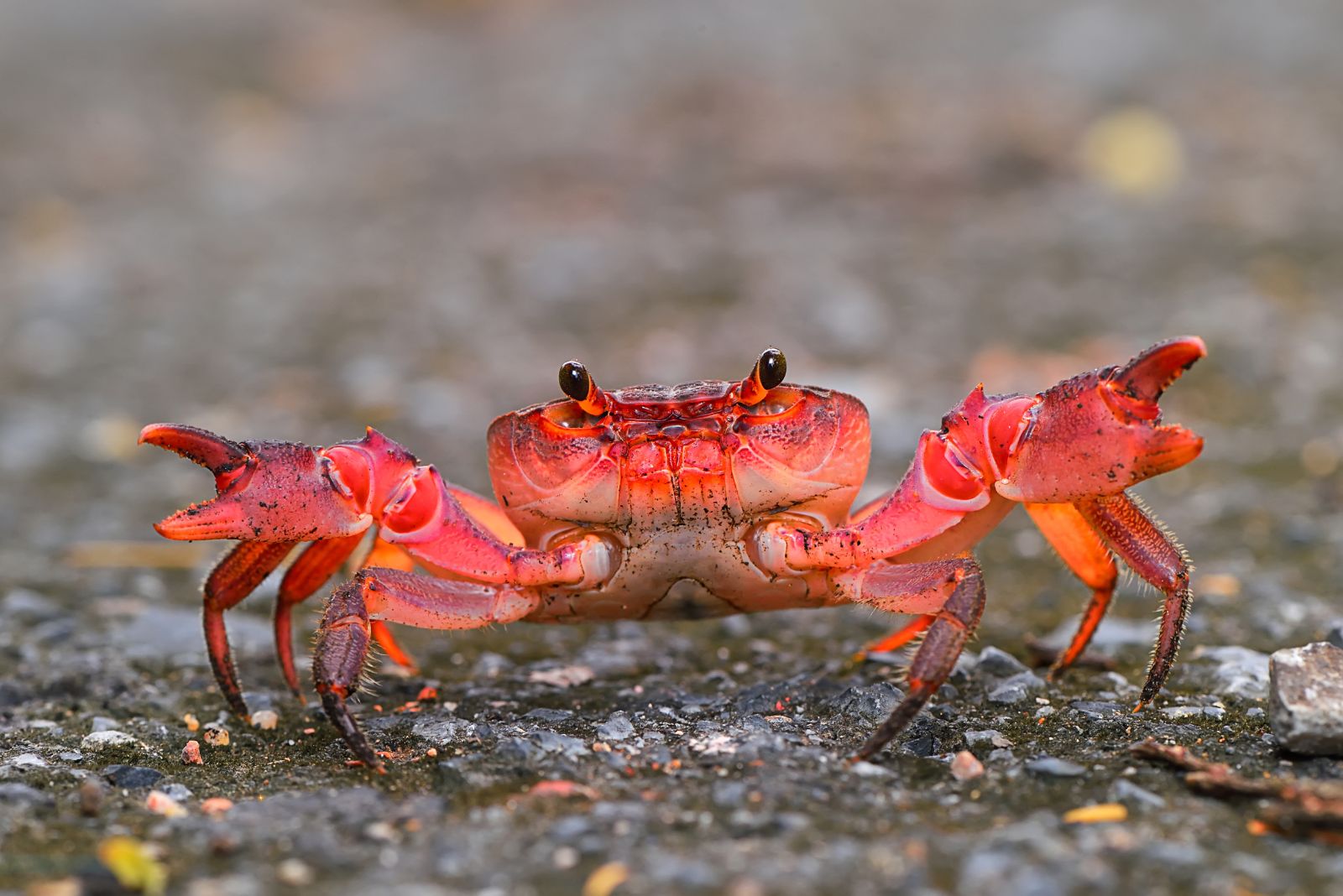
Every year, millions of red crabs on Christmas Island migrate from the forest to the coast for their annual breeding event.
This mass migration is so massive it transforms entire landscapes and even shuts down roads! It’s a rare and spectacular event that showcases the power of instinct and synchronized natural events.
16. Dragonfly
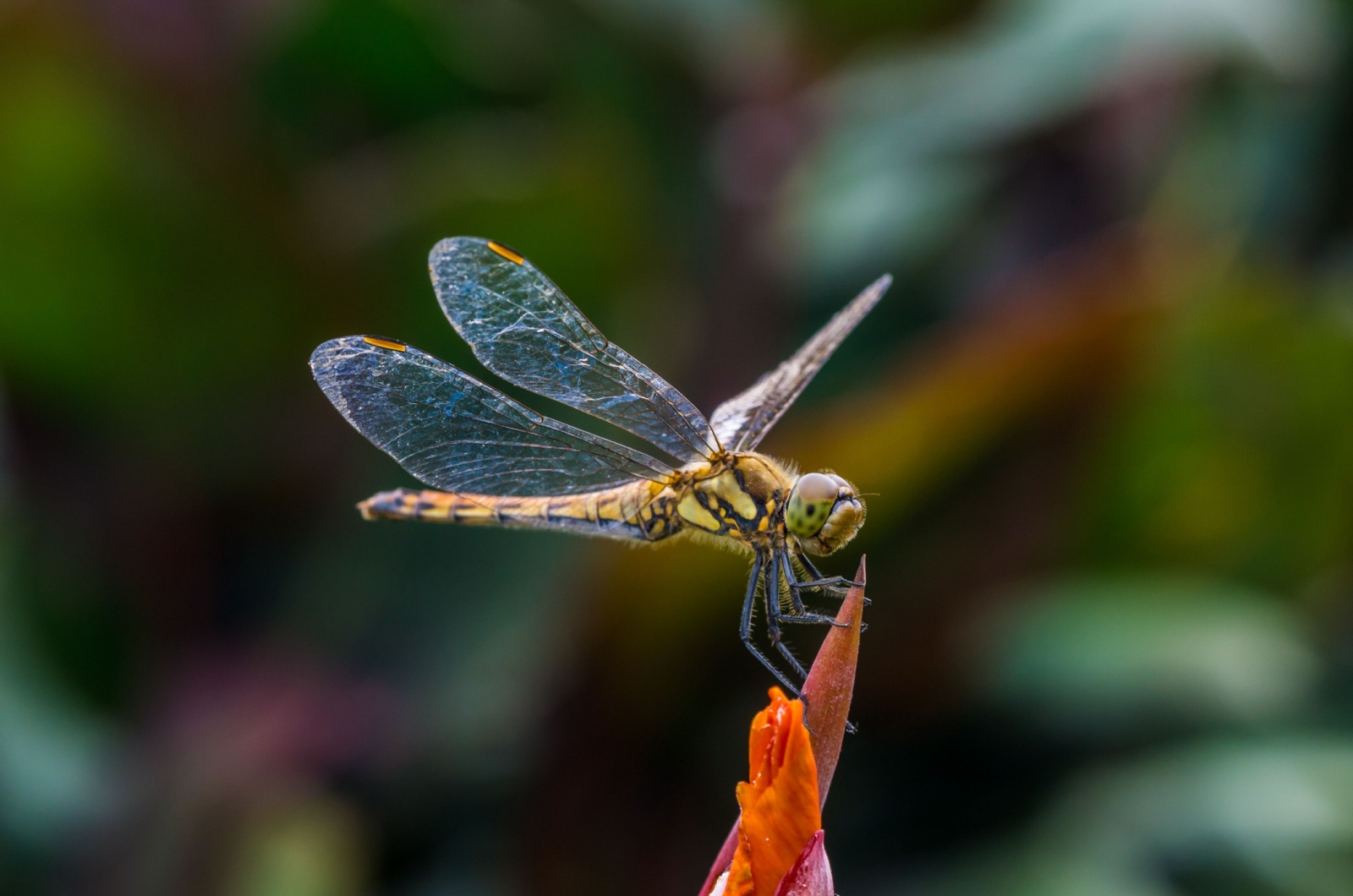
Credit: Shutterstock
The Globe Skimmer holds the record for the longest insect migration, traveling over 11,000 miles (17,700 km) across continents.
These tiny yet resilient insects migrate from India to Africa, using monsoon winds to assist their journey. Unlike other migratory species, dragonflies don’t follow a set path, instead relying on favorable weather patterns.
Their ability to fly nonstop across oceans makes them one of nature’s most incredible long-distance travelers. Some dragonflies in North America migrate seasonally, similar to birds, with large swarms forming during fall migrations.
17. Pronghorn Antelope
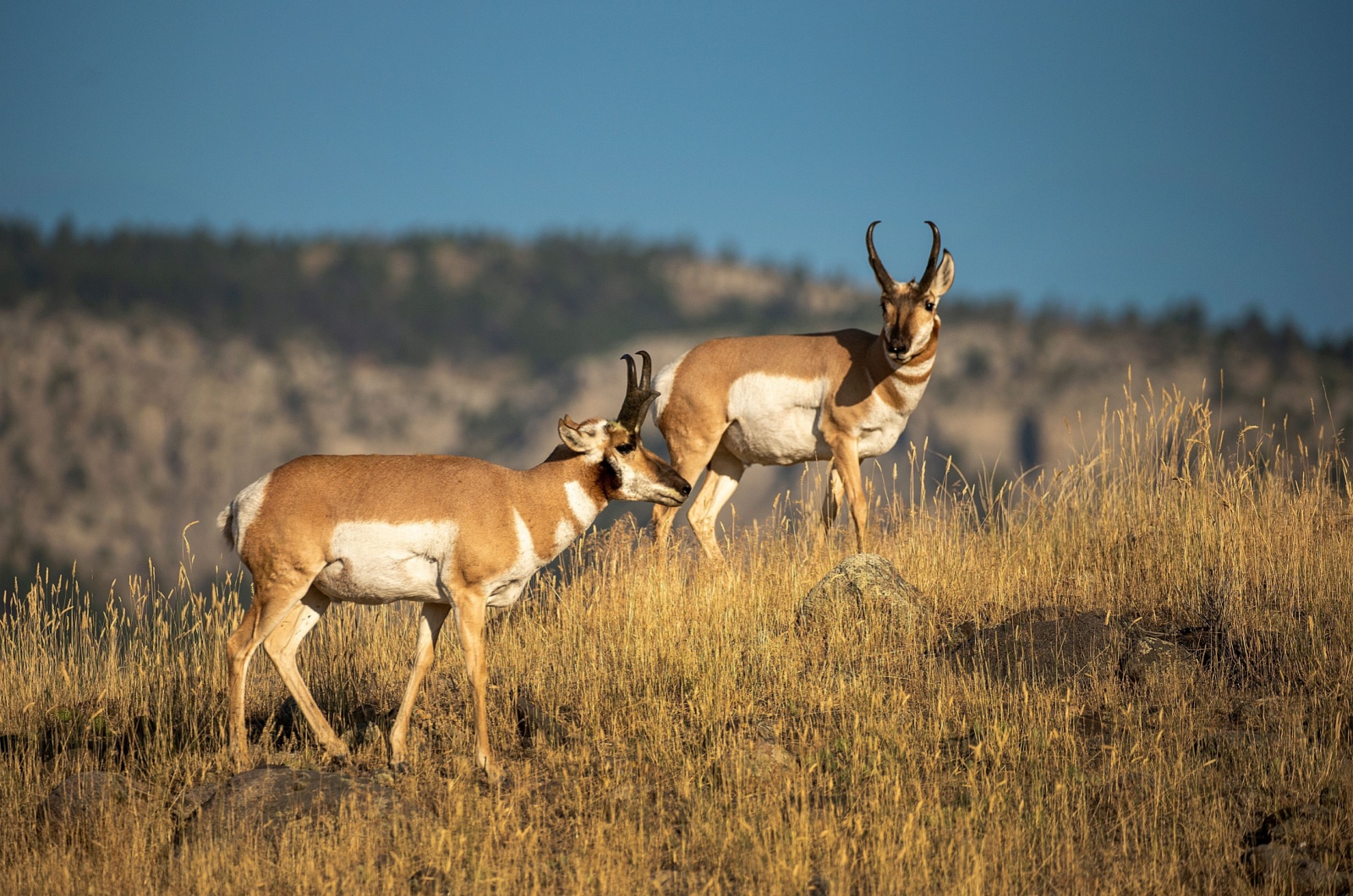
Credit: Shutterstock
The Pronghorn Antelope is North America’s fastest land mammal and holds the record for the longest land migration in the U.S. Each year, pronghorn herds travel over 300 miles (480 km) between Wyoming and Montana in search of food and milder climates.
Unlike other migrating animals, pronghorns must navigate fences, roads, and human developments, making their journey increasingly challenging.
They can sprint up to 60 mph (97 km/h), allowing them to escape predators with ease. Pronghorns are not true antelopes but are actually a unique species found only in North America.

